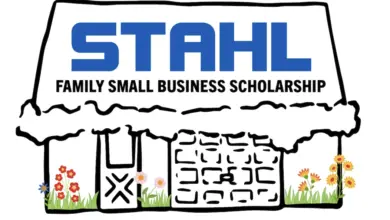How Shops Can Reduce, Reuse, and Recycle
Let's look at the three R's and what it can mean for shops

Otherwise known as the three R’s, these are standards of any sustainability program. They’re usually at the forefront of what most people think. Let’s look at these one at a time and what it can mean for shops.
Reduce: Can you reduce the amount of anything you are using? For example, by using correctly tensioned screens with the right EOM, off-contact on-press, and proper squeegee durometer, angle, and speed, you may not have to double stroke your ink to get the opacity you are seeking. By ensuring your technique is sound, you can reduce the amount of ink used per print. Sustainability lies in the method of doing things correctly.
You can also reduce what you use by examining if there is a better way to do something. For instance, if you are still mailing out invoices to customers, switching to handling this chore by email can reduce your paper, envelope, and postage expenditures.
Reuse: There are plenty of ways you can reuse shop items. For starters, if you print with plastisol ink, make sure you are carding the ink in your screens thoroughly after the print run. That ink can go back into the bucket and get used again. Plus, it makes it easier to reclaim the screens. The plastic bags that wrap a case of shirts in a box make great trash can liners. And I think every shop uses misprinted or defective shirts as test shirts for registration or rags for cleanup.
One idea that I thought was interesting was how some shops carefully disassembled shirt boxes from suppliers and turned them inside out. They then reassembled them but printed their shop logo on the outside for easy and instant branding.
Recycle: You already know this one, but do you do it? Recycling is more than just water bottles and soda cans. You can also recycle your shop’s paper, plastic, cardboard, batteries, hydraulic fluid, metal, light bulbs, electronics, cell phones, equipment, and even break room food waste in a compost bin.
A good chunk of what’s going in your dumpster can find another home and be made into something else. The cost-benefit is that you won’t have to tip your dumpster as much and you can renegotiate that with your service.
Also, if you are mixing your ink to form Pantone colors using a system, most of them have a recycle feature. This means that if you mix PMS 202 maroon, you can use PMS 186 red to start. On the studies that I’ve performed, this can save 16-18% a month on the base and pigments. That adds up over time and is a way to decrease the amount of ink inventory on your shelf. It’s just sitting there anyway, so put it to use.




